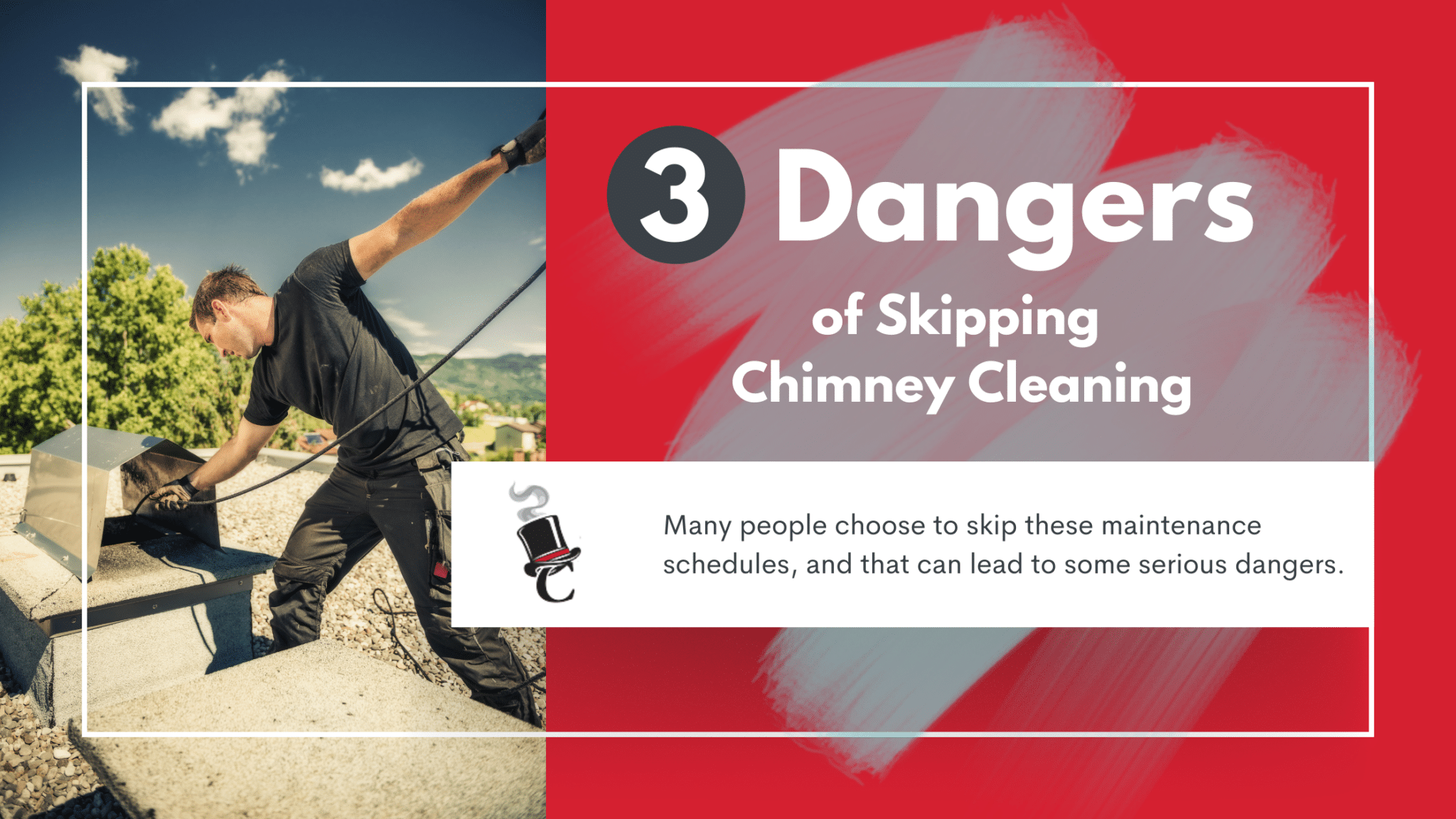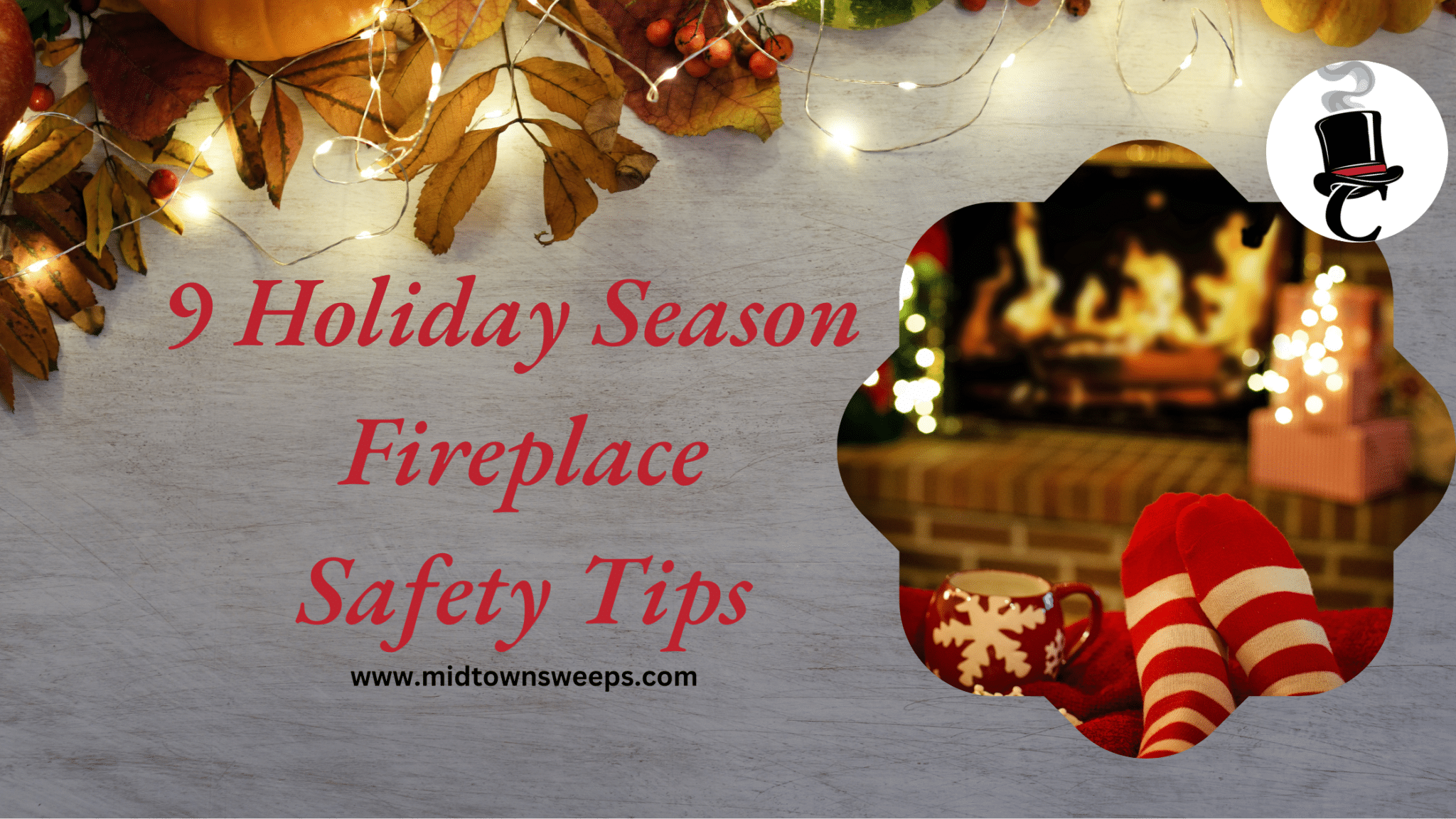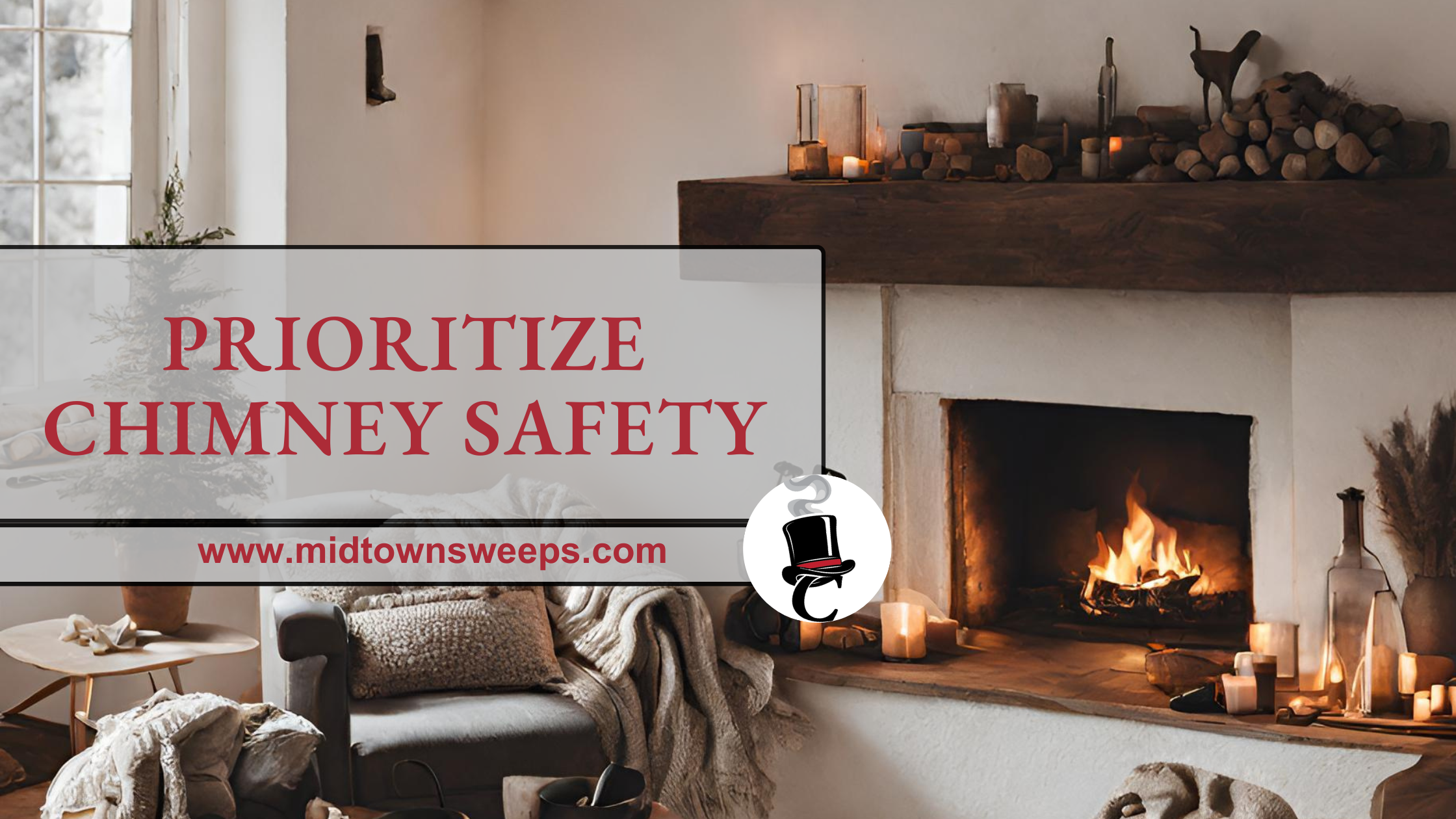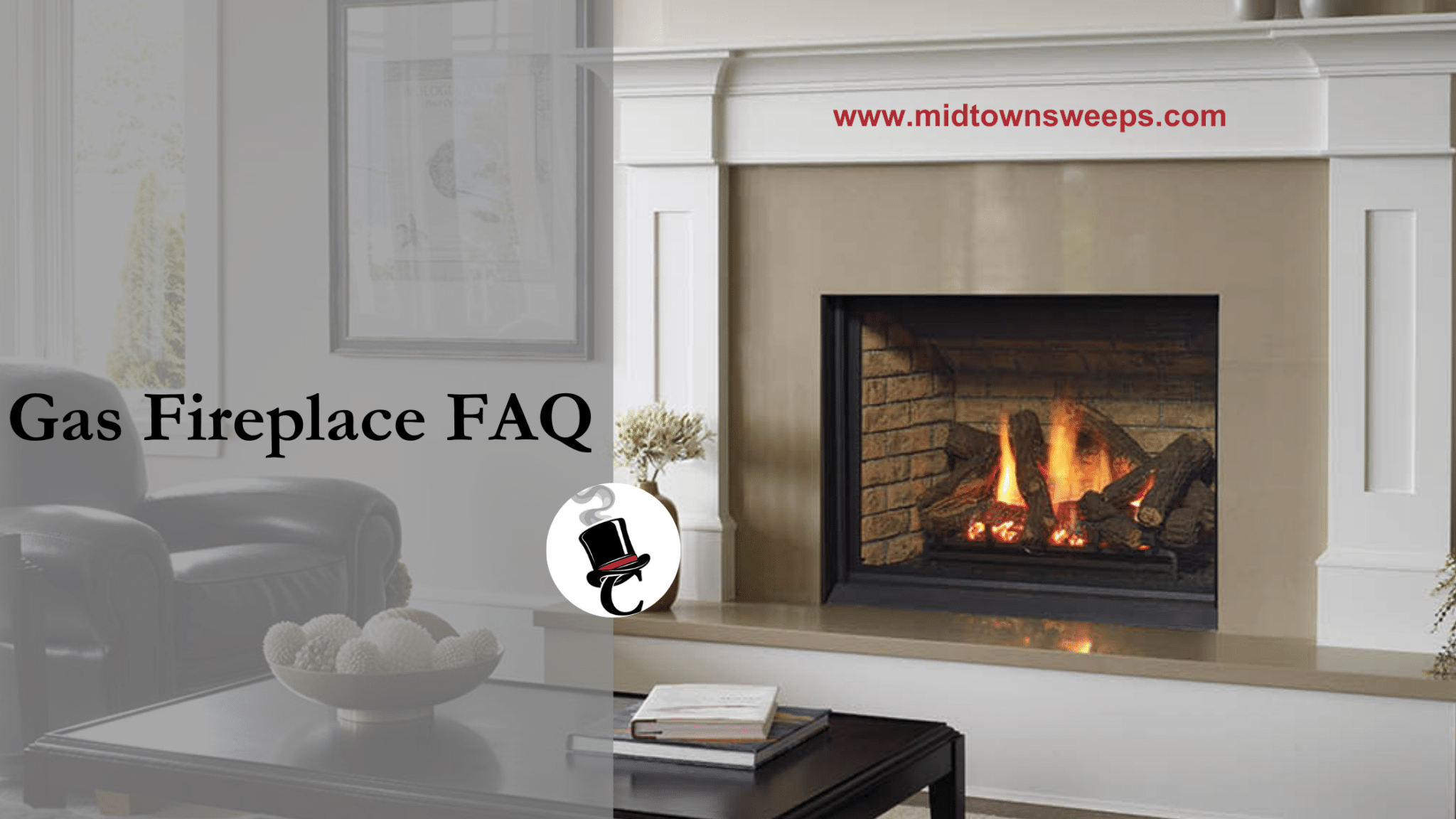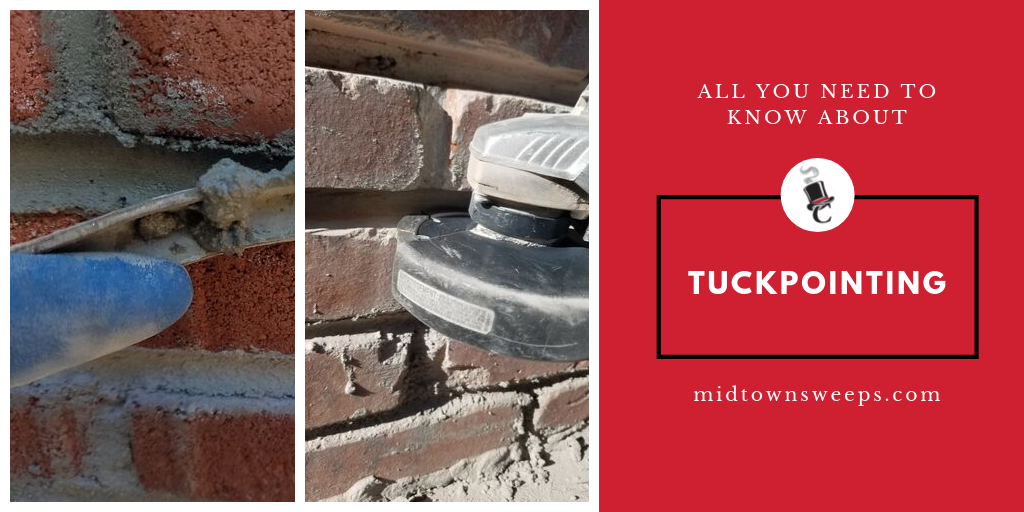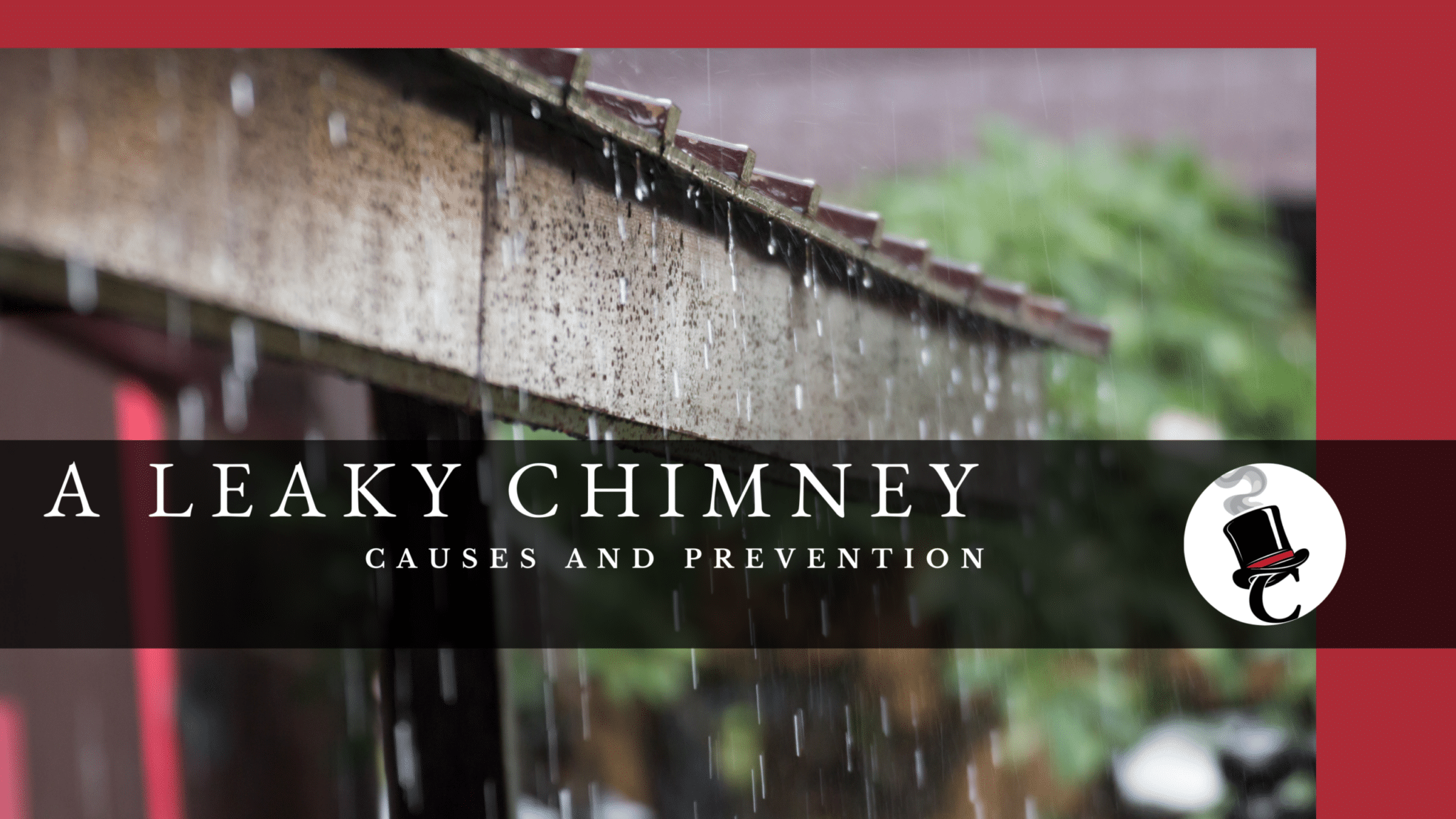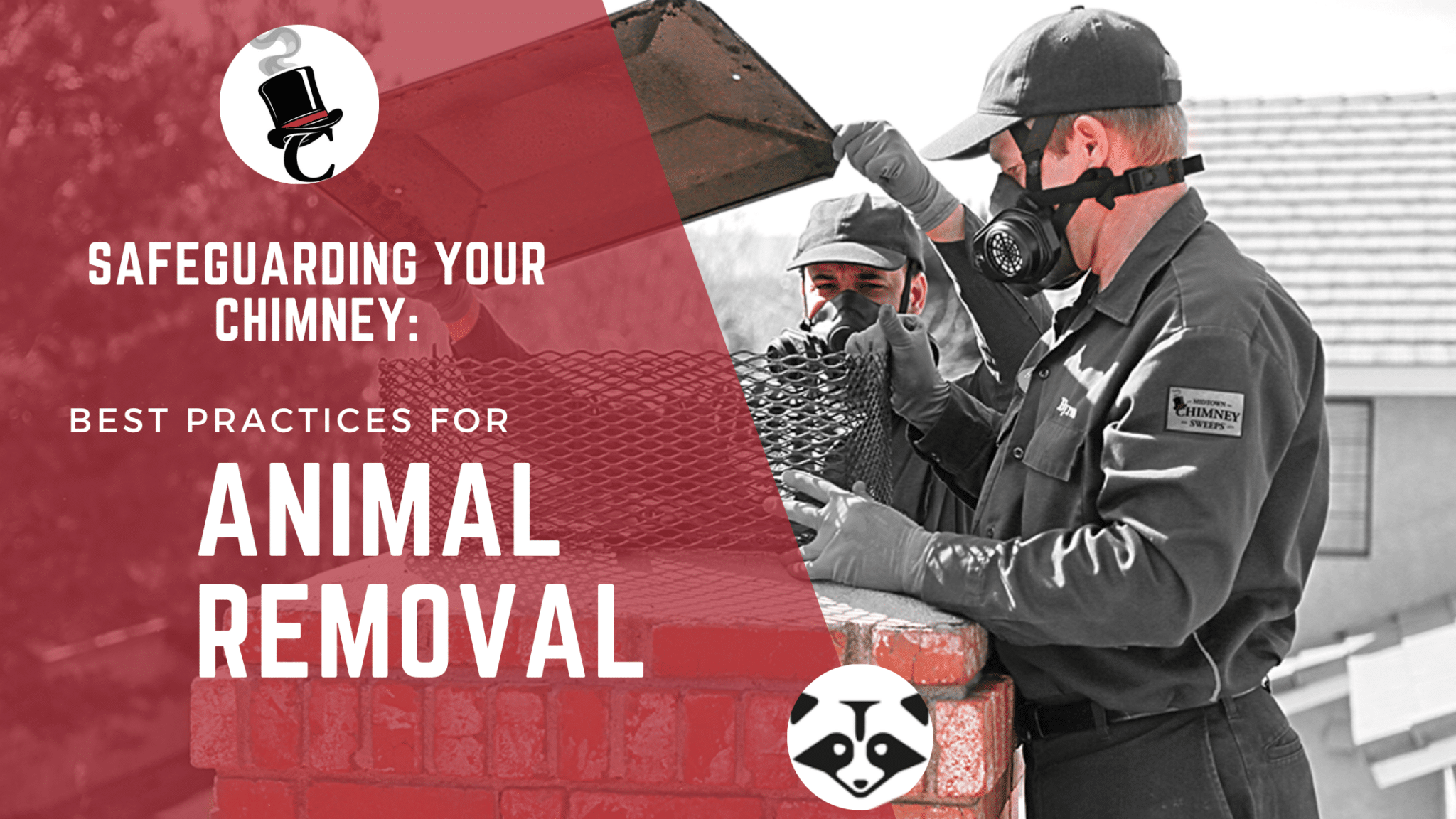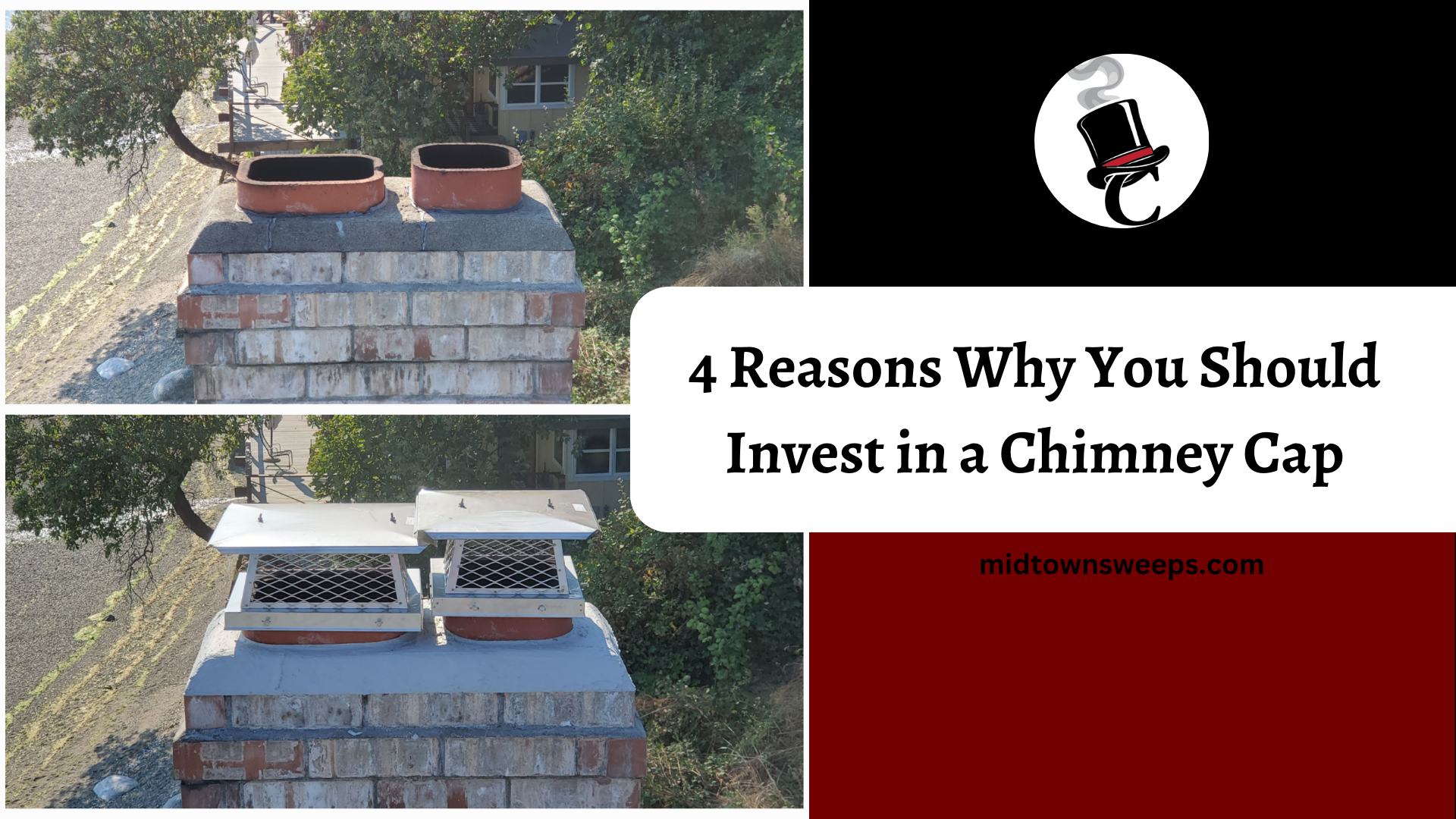Fireplaces bring almost as much warmth into a home as your family, friends, fun, and food. Without care and attention, the heat can get too high. Structural instability or buildup can cause smoke and fires that damage your home and injure the people inside it. That’s why it’s vital to use a chimney or stove that follows the fireplace code and to regularly perform fireplace maintenance. This holds true whether you have a traditional fireplace, a wood-burning stove, or a gas fireplace.
Check Your Local, County, State, and National Fire Codes
A number of government bodies have a fireplace code that you need to keep in mind while operating one. Since 2000, the National Fire Prevention Agency has issued federal regulations on chimney safety in NFPA 211. The code also offers guidelines on chimney inspections. More localized governing bodies are likely to have their own fire codes which may be stricter than the federal guidelines. If you contact your local fire department or the state fire marshal, they can potentially help you find any relevant regulations.
Common Fireplace Regulations
While every jurisdiction may have different fire codes, a few regulations are commonly seen or are applied at the federal level. Some require working knowledge of chimney construction, while others don’t need any industry jargon.
Any loose bricks or other obvious structural issues need to be repaired before use, and the chimney flue – the duct that carries away the smoke – needs to be free of buildup and blockage with a flue that fully vents any gasses. A smoke test is necessary to inspect a masonry chimney for any gaps. You need a fire detector and a carbon monoxide detector. There is a minimum distance between your fireplace and nearby combustible materials, requiring one or two feet of space between them. Your fireplace might be exempt from this rule if it’s made from special materials designed to limit the transfer of heat.
Other regulations deal with the chimney’s construction, so an initial inspection should hold true unless you’ve made significant architectural changes. A chimney can’t support any load other than its own weight. A hearth is a necessity with minimum extensions that vary depending on its size. The rooftop extension’s vertical clearance is often set to a minimum of two to three feet.
Examine Your Fireplace
On your own, you can perform some basic fireplace inspection and maintenance. Use a wire chimney brush to clean the flue. Visually inspect the chimney for cracks, smoke stains, or other signs of damage. Include the part of the fireplace above the roofline, since this can frequently become obstructed by falling debris and nesting animals. You can perform a smoke test using a smoke pellet or other fire-free option. Test your smoke and carbon monoxide alarms, and inspect your fire extinguishers.
Hire a Professional Chimney Sweep
Even if you know what you’re doing and have the equipment, inspecting your fireplace and performing proper maintenance on it is a serious chore that involves some physical labor. Failing to do it well can result in damage, injury, or death. If you are unsure of your ability to perform the inspection or your understanding of the fire code for your area, call in a professional chimney maintenance expert to handle the task. They will have the information and experience necessary to accurately determine if your fireplace meets all of the requirements for legal and living purposes.


